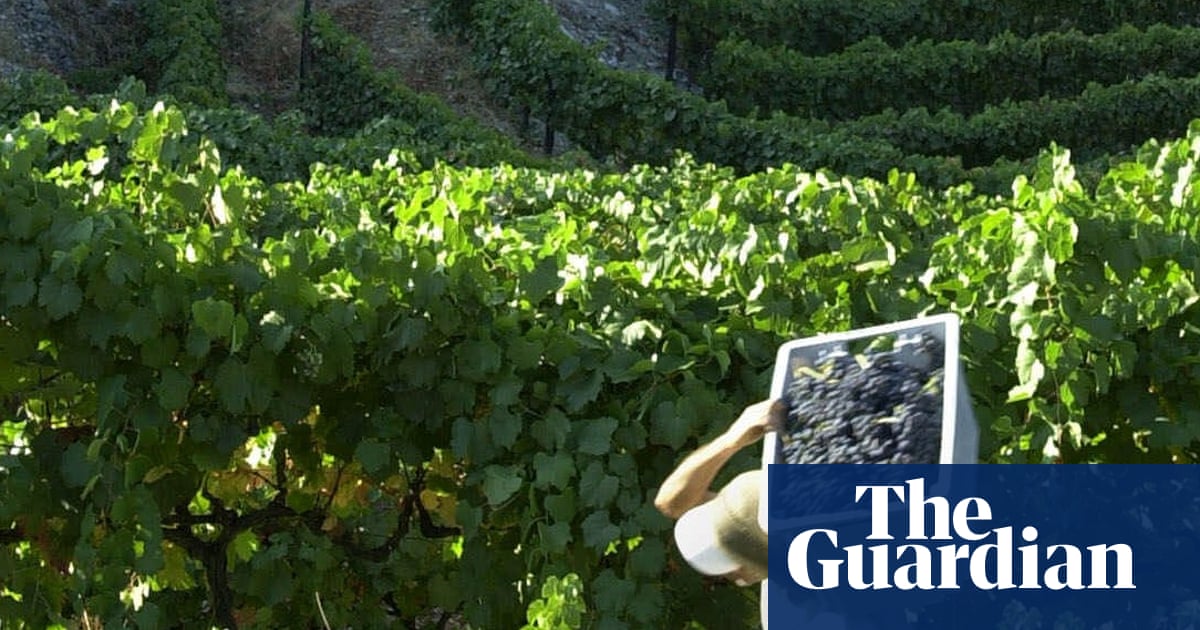
"To help us wean ourselves off sprightly roses and buttery whites, let's turn our heads to easy-drinking reds and none are more easy to drink or of the moment than Portuguese red blends. These wines are uniquely indicative of the country's winemaking history, with more than 250 native grapes (some of which have different names from region to region), but I'd wager that many of us wouldn't be able to name many more than two of these indigenous varieties."
"There are a few reasons for this. First, so-called vineyard or field blends are so common in Portugal because old vines of different varieties are often planted side by side, rather than separated by type, as in most commercial vineyards. It's therefore the norm here to make blends, which is a far easier option than the painstaking process of separating harvests or even replanting entire vineyards."
Portuguese winemaking features more than 250 native grape varieties, many with regional names, and commonly produces field blends rather than single-varietal wines. Old vines of different varieties are often planted side by side, making blended harvests the practical choice and avoiding the labor of separating picks or replanting. As a result, blends dominate production and create a range of easy-drinking red styles, including wines from baga, touriga nacional and castelao. These blends reflect the country's viticultural history and offer accessible drinking experiences, particularly appealing when cooler temperatures let aromas open in the glass.
Read at www.theguardian.com
Unable to calculate read time
Collection
[
|
...
]